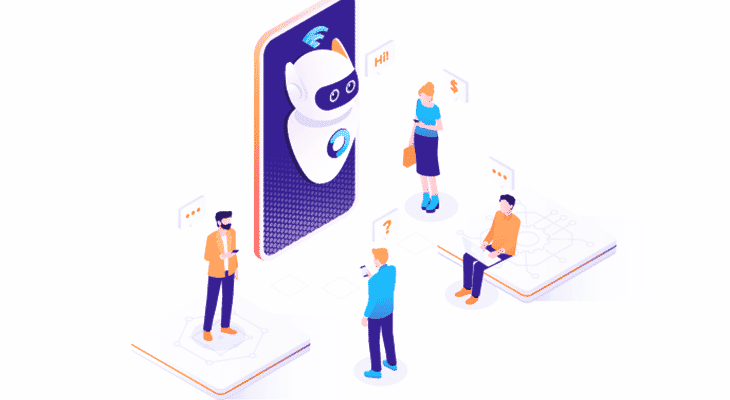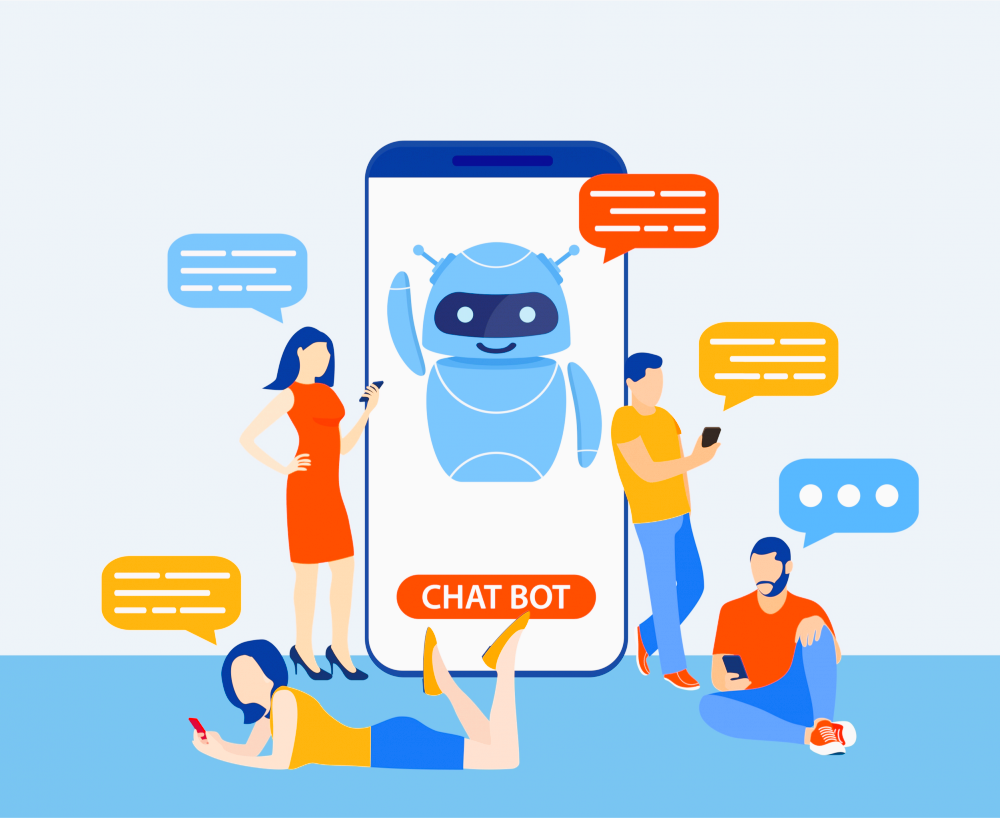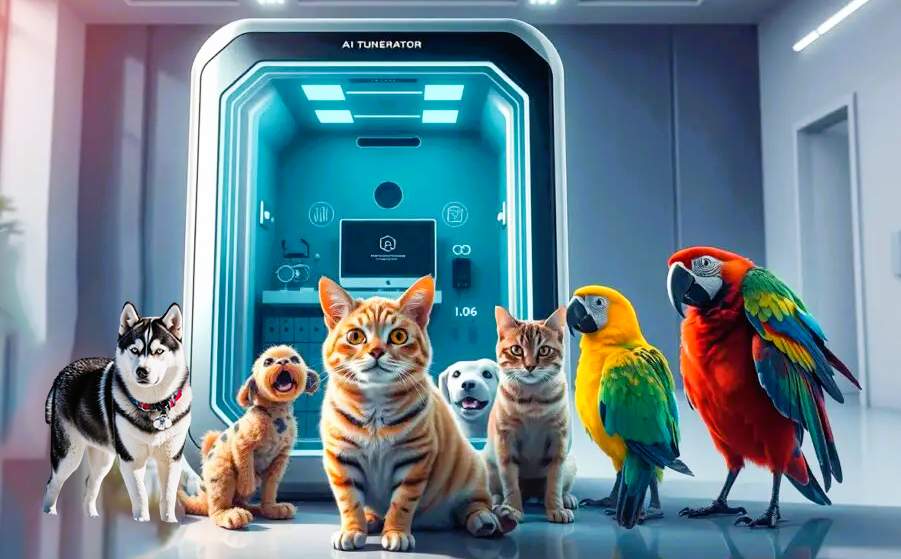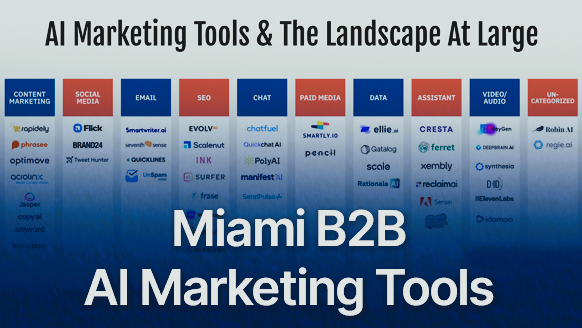Chatbots have become a popular tool for businesses and individuals to improve communication, automate tasks, and provide 24/7 support. From answering customer queries to making daily tasks easier, chatbots are everywhere. If you’re curious about how to create a chatbot, this guide will help you get started. Let’s explore how you can build a chatbot step by step.
What is a Chatbot?
A chatbot is a computer program that interacts with users through text or voice. Chatbots are powered by Artificial Intelligence (AI) and can simulate human-like conversations. You might have encountered chatbots on websites, messaging apps, or even voice assistants like Siri or Alexa.
There are two main types of chatbots:
- Rule-based Chatbots: These follow predefined rules and scripts to respond to user inputs. They are simple to create but have limited capabilities.
- AI-powered Chatbots: These use machine learning and natural language processing (NLP) to understand user intent and provide smart responses.
Why Should You Create a Chatbot?
Creating a chatbot has many advantages:
- 24/7 Availability: Chatbots can respond to users anytime, anywhere.
- Cost-Effective: Automating repetitive tasks reduces the need for additional human resources.
- Improved Customer Experience: Users get instant answers to their questions without waiting.
- Scalability: A chatbot can handle multiple conversations simultaneously.
How to Create a Chatbot: A Step-by-Step Guide
Step 1: Define the Purpose of Your Chatbot
Before building a chatbot, determine its purpose. Ask yourself:
- What problems will the chatbot solve?
- Who is the target audience?
- Will it provide customer support, book appointments, or simply engage users?
For example:
- A chatbot for a retail store can assist customers in finding products.
- A chatbot for a blog can answer frequently asked questions.
Having a clear goal will guide the development process.

Step 2: Choose the Right Platform
Next, decide where your chatbot will interact with users. Some popular platforms include:
- Websites: Ideal for customer support and lead generation.
- Messaging Apps: Such as Facebook Messenger, WhatsApp, or Telegram.
- Voice Assistants: Like Amazon Alexa or Google Assistant.
You can use chatbot development tools to build your bot for these platforms without extensive coding knowledge.
Step 3: Select a Chatbot Development Tool
You don’t need to be a coding expert to create a chatbot. Many tools and platforms allow you to create one with minimal technical skills. Here are a few popular ones:
- Tidio: Great for creating chatbots for websites.
- Chatfuel: Ideal for Facebook Messenger bots.
- Dialogflow: Google’s tool for creating AI-powered chatbots.
- ManyChat: Perfect for marketing automation on social media.
These tools provide templates, drag-and-drop builders, and guides to make the process easier.
Step 4: Design the Conversation Flow
The conversation flow is the backbone of your chatbot. It outlines how the bot will interact with users. Follow these steps to design the flow:
- Identify User Intentions: List common questions or tasks users might want to accomplish.
- Example: “What are your store hours?” or “I need help placing an order.”
- Map Responses: Write clear and concise answers for each query.
- Example: If the user asks, “What is your return policy?” the chatbot could respond: “You can return items within 30 days of purchase with a receipt.”
- Add Personalization: Use friendly language and address users by their name if possible.
Consider using tools like Lucidchart or Draw.io to create a smooth flow.
Step 5: Add Natural Language Processing (NLP)
If you want your chatbot to understand and respond to human-like language, integrate Natural Language Processing (NLP). NLP helps the bot:
- Recognize user intent.
- Understand different ways of asking the same question.
- Provide relevant answers.
Platforms like Dialogflow, IBM Watson Assistant, and Microsoft Bot Framework have built-in NLP capabilities.
Step 6: Test Your Chatbot
Once you’ve designed your chatbot, it’s time to test it. Testing ensures that your chatbot works as expected. Check for:
- Accuracy: Does the chatbot understand user inputs correctly?
- Response Time: Is it responding quickly to queries?
- Error Handling: Can it manage situations where it doesn’t understand the question?
Ask friends or colleagues to interact with the chatbot and provide feedback. Use this feedback to refine the bot’s performance.
Step 7: Deploy Your Chatbot
After testing, deploy your chatbot on the chosen platform. Most chatbot builders offer easy integration options:
- For websites: Add a widget or code snippet provided by the chatbot platform.
- For messaging apps: Connect your chatbot directly to the app through APIs.
Once live, promote your chatbot to your audience. Highlight its features and benefits to encourage users to try it.

Tips for Optimizing Your Chatbot
Here are some tips to make your chatbot effective and user-friendly:
- Keep Conversations Simple: Avoid using complex words or jargon.
- Provide Quick Access to Human Support: Let users connect with a human agent if needed.
- Update Regularly: Add new questions and answers as your business evolves.
- Analyze Performance: Use analytics tools to track user interactions and improve the chatbot.
SEO Optimization for Your Chatbot Page
If you’re showcasing your chatbot on a website, here’s how to make the page SEO-friendly:
- Keyword Placement: Use relevant keywords like “how to create a chatbot” in the title, headings, and throughout the content.
- Meta Description: Write a short, engaging description for the page.
- Example: “Learn how to create a chatbot step-by-step. Build AI-powered bots for websites, messaging apps, and more with this beginner-friendly guide.”
- Internal Linking: Link to related articles or resources on your website.
- Use Images and Alt Text: Include visuals and add descriptive alt text to images.
- Mobile Optimization: Ensure your page is responsive on mobile devices.
- Fast Loading Speed: Optimize your website for quick loading times.
Conclusion
Creating a chatbot is no longer a task reserved for tech experts. With the right tools and a clear plan, anyone can build a chatbot that simplifies tasks and enhances user experience. Start by defining your chatbot’s purpose, choose a development platform, and design the conversation flow. Don’t forget to test, deploy, and optimize your bot for maximum effectiveness.
Whether you’re building a chatbot for fun, business, or learning, this guide has given you all the essential steps. Happy chatbot building!





